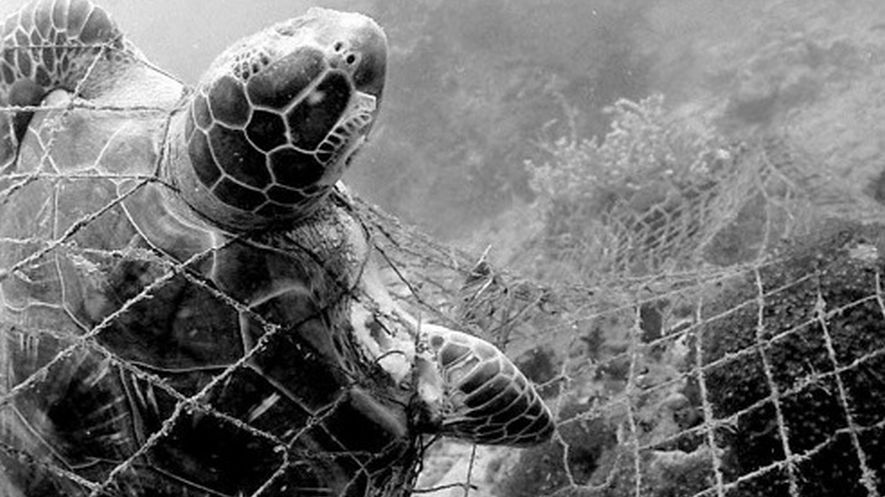‘Ghost catching’ is the term used to describe the indiscriminate netting of fish by derelict fishing nets that have snagged on bottom features or been torn off. They remain on the bottom harming fish and marine life as they never degrade.
The Northwest Straits Foundation, based in Bellingham, Washington, has already removed over 5,600 of these derelict fishing nets from the Puget Sound. Normally their Derelict Fishing Gear Program employs skilled divers whose work is restricted to shallow areas of up to 105 feet in depth. Now nets lodged in deeper waters need to be removed.
A key consideration for the Foundation, explains Programs Director, Joan Drinkwin, is that their protocol dictates that any method used to remove these nets should not damage the habitat.
This led to a pilot study to determine whether a Saab Seaeye Cougar XT ROV and supporting Falcon ROV could undertake the difficult and delicate task of removing the deeper nets without adversely affecting the habitat.
The project, run by the Foundation in conjunction with Global Diving & Salvage, Inc. who supplied and operated the ROVs, involved the design and fabrication of special tooling and the development of procedures and protocols to remove the nets.
Early in 2015, Global Diving and the Foundation’s field operations manager, Natural Resource Consultants, conducted a series of trials where the Cougar, supported by the Falcon, tested various procedures and tools necessary for working in diverse habitat conditions.
They found that recovery from the seabed was fully successful, whereas disentangling nets and gear from rocks is a challenging task.
In particular it is difficult to work in a sediment-disturbed environment where visibility is poor and where there is a risk of loose strands and segments of netting getting tangled with the Cougar - although using the Falcon to observe the task helps considerably.
While it is possible to remove a whole net using the Cougar to secure lifting straps and winching it up to a vessel, this technique is not favored as the net could rip apart into multiple pieces and need extended recovery.
The best solution found was to replicate the technique successfully used by divers in shallow waters: cut or untangle the net into manageable pieces before removal to the surface.
The recovery procedure starts with topside pilots using the Cougar’s navigational software and ultra-short baseline tracking to guide the ROV to a pre-determined derelict net site where a careful survey of the area is undertaken.
Then, using the various tools designed and fabricated by Global, the recovery team maneuvers the Cougar into a safe position to utilize the two manipulators mounted on the vehicle ready to cut or untangle the nets before attaching a surface retrieval line, one section at a time.
During the procedure the Falcon provides video coverage, giving the Cougar operator an additional vantage point and an awareness of the surroundings, and is ready to assist the Cougar during recovery as needed.
Together with Global Diving and Natural Resource Consultants, the Foundation plans more tests to evaluate the feasibility of this method and determine the best tools and method needed for the task.
Both the Cougar and the Falcon are proven ROV designs, successfully used around the world for a host of tasks in different industries. The Cougar XT is a compact 2000 meter rated vehicle with the power to handle bolt-on skids with different tooling options for a wide range of tasks. Its six thrusters give exceptional maneuverability in tight conditions while working in currents.
The same is said for the smaller Falcon whose five powerful thrusters make precise maneuverability possible and also hold the vehicle steady in strong currents while filming or on other tasks. Its intelligent architecture allows a host of advanced systems, such video and the high definition cameras to be fitted as needed.
For more information, visit www.seaeye.com and www.gdiving.com.



